OpenAI's Shift to For-Profit Model for AI Advancement
Explore how OpenAI's transition to a Public Benefit Corporation aims to balance profit and societal impact in the quest for artificial general intelligence.
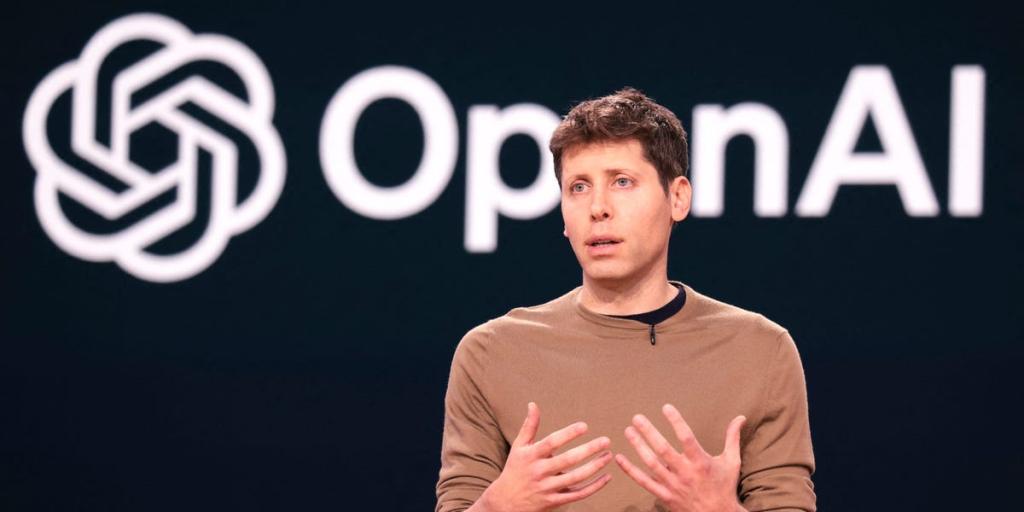
Key Points
- OpenAI
is transitioning to a Public Benefit Corporation to better attract investment and pursue its mission of developing artificial general intelligence (AGI).
- This new structure aims to balance shareholders' interests with societal benefits, allowing OpenAI to raise the necessary capital for innovation.
- Challenges from co-founder Elon Musk
and competitors highlight the complexities of aligning profit motives with OpenAI's original altruistic mission.
In a move that has generated significant buzz within the tech community, OpenAI, the organization behind groundbreaking tools like
, is transitioning to a for-profit model. This shift aims to bolster the company’s capacity to innovate while maintaining a commitment to its foundational mission: ensuring artificial general intelligence (AGI) benefits all of humanity. This evolution marks a strategic pivot that reflects the reality of funding and resource needs in the rapidly advancing AI landscape.
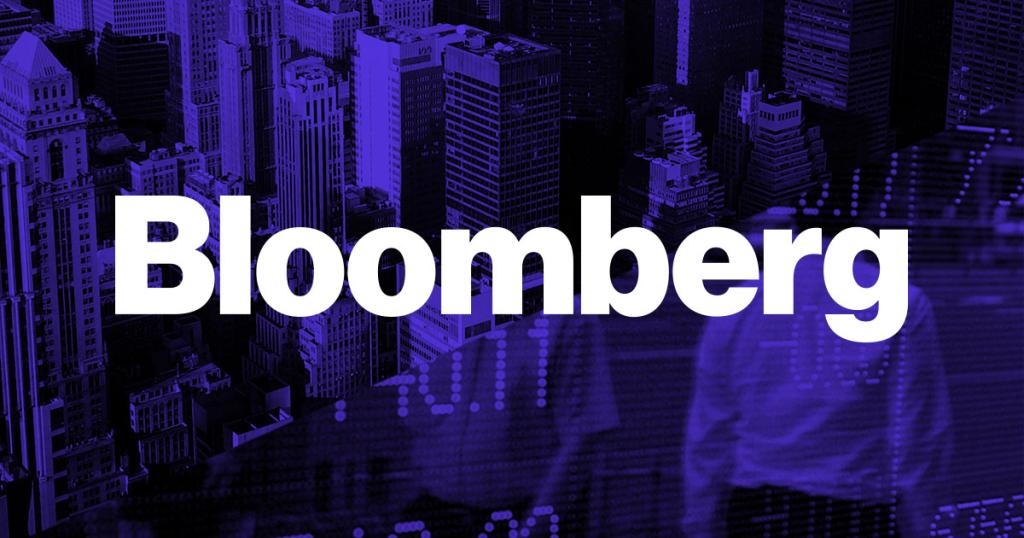
The Structure that Drives Change
OpenAI announced plans to replace its existing structure with a Public Benefit Corporation (PBC) by 2025. This PBC will focus on generating profits while also creating benefits for society, striving to balance shareholder interests with its mission. The transition allows OpenAI to move away from its current governance model, where a nonprofit board oversees its for-profit arm, thus complicating the ability to raise capital. This new structure is designed to facilitate the funding required for ambitious AI projects, including the pursuit of AGI.
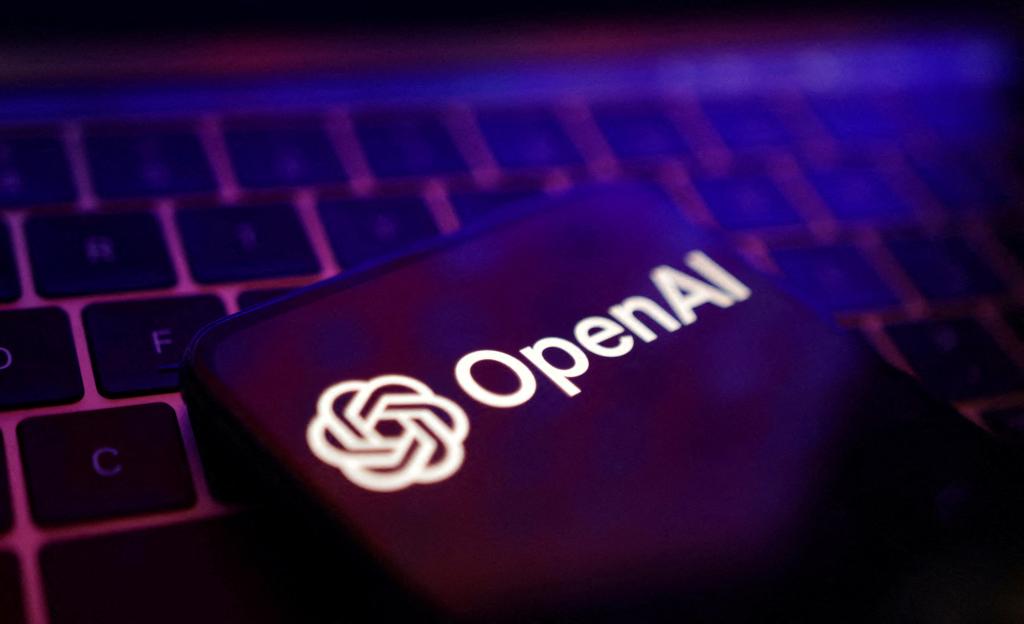
Implications for Funding and Innovation
The need for additional funding in the realm of AI development is paramount. OpenAI has outlined that achieving AGI will demand substantial investment — estimates suggest upwards of $10 billion may be needed. Recently, the company succeeded in a funding round that raised $6.6 billion, valuing it at $157 billion. Such capital influx is crucial for maintaining and advancing their pioneering technologies amidst fierce competition.
OpenAI's restructuring into a PBC aligns the organization with others in the space, like
and xAI, which have adopted similar models. By enabling the company to attract conventional equity investments, OpenAI will have the flexibility to utilize resources more efficiently, ultimately fueling innovation and ensuring sustainable growth.
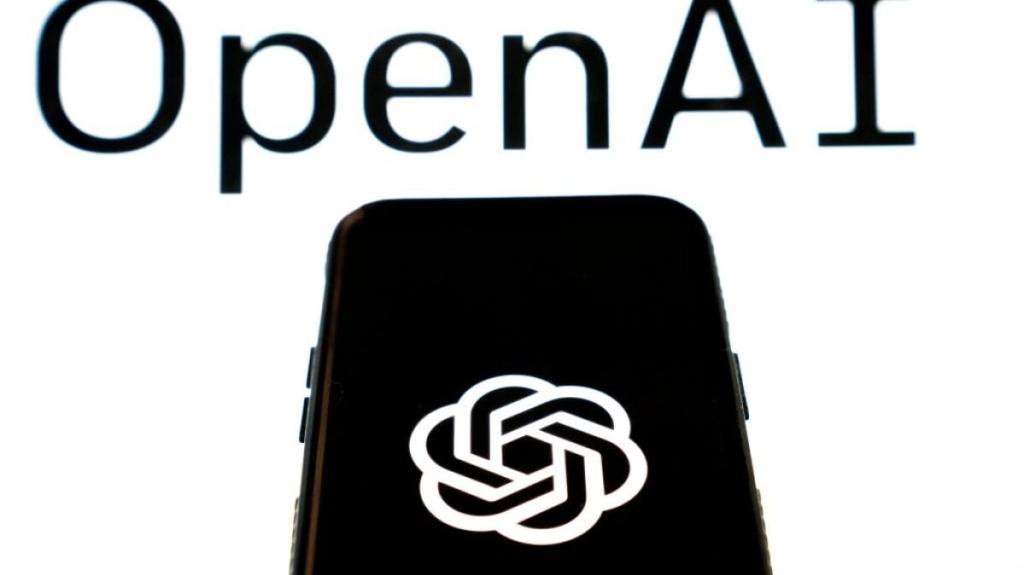
Challenges Ahead
Despite the bright prospects this evolution presents, OpenAI will need to navigate several challenges. For instance, Elon Musk, one of OpenAI’s co-founders, is actively opposing this transition, citing concerns about the potential abandonment of the organization's original altruistic mission. Musk’s legal push aims to halt the for-profit transition, arguing that it would affect the foundational principles of OpenAI. This represents a significant internal challenge that could impact investor confidence and public perception.
Moreover, external pressures from competitors in the sector, such as Meta, which has voiced concerns about the implications of OpenAI's model, present additional hurdles. Meta's stance emphasizes the need for rigorous governance around such transitions in AI development, advocating for accountability to ensure that public benefit does not become overshadowed by profit-driven motives.

The Path Forward
Looking ahead, OpenAI remains committed to evolving in a manner that bolsters its mission. The restructuring aims to facilitate the creation of one of the best-resourced nonprofits in history, allowing its nonprofit arm to focus on charitable initiatives in crucial sectors such as healthcare, education, and science. This dual structure promotes a sustainable model where innovative AI solutions can coexist with a strong commitment to societal benefit.
As we transition into the new era of AI development, OpenAI’s journey will be closely monitored, not only for its financial implications but also for how it adheres to its mission of serving humanity while achieving technological milestones. The balance between profit-making and ethical responsibility will be essential, and how OpenAI navigates this landscape will set a precedent for future organizations in the tech sector.
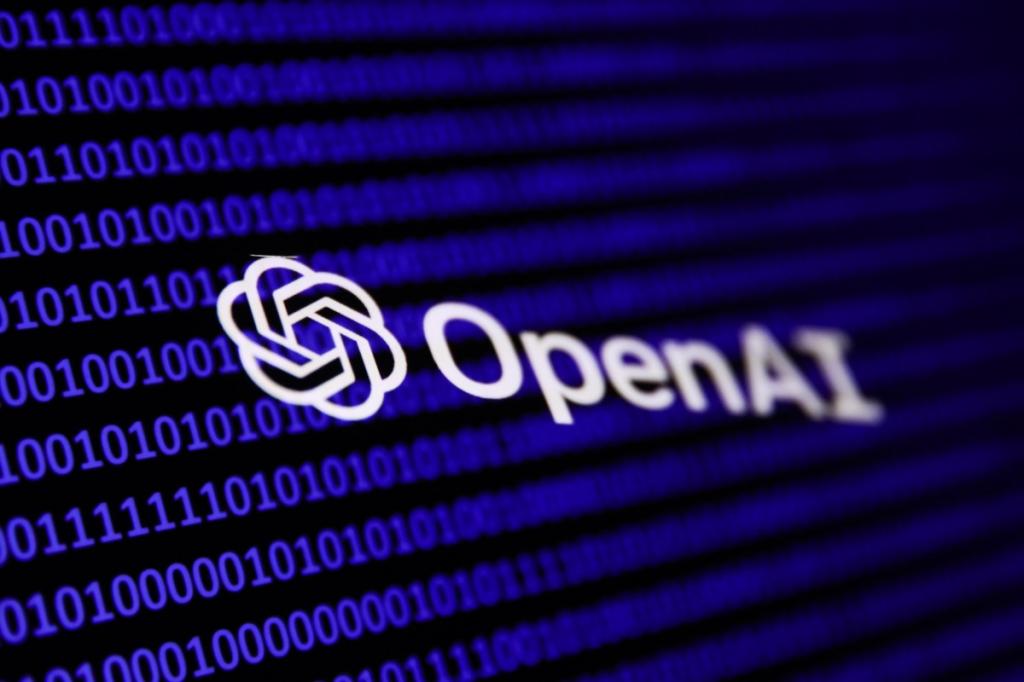
In summary, OpenAI is embarking on a significant transformation that holds promise for both the organization and the broader AI community. By transitioning to a Public Benefit Corporation, OpenAI aims to better position itself for future investments while maintaining its mission of ensuring AGI benefits all of humanity. The journey ahead will be complex, but the potential rewards are vast, not only for OpenAI but for society as a whole.


